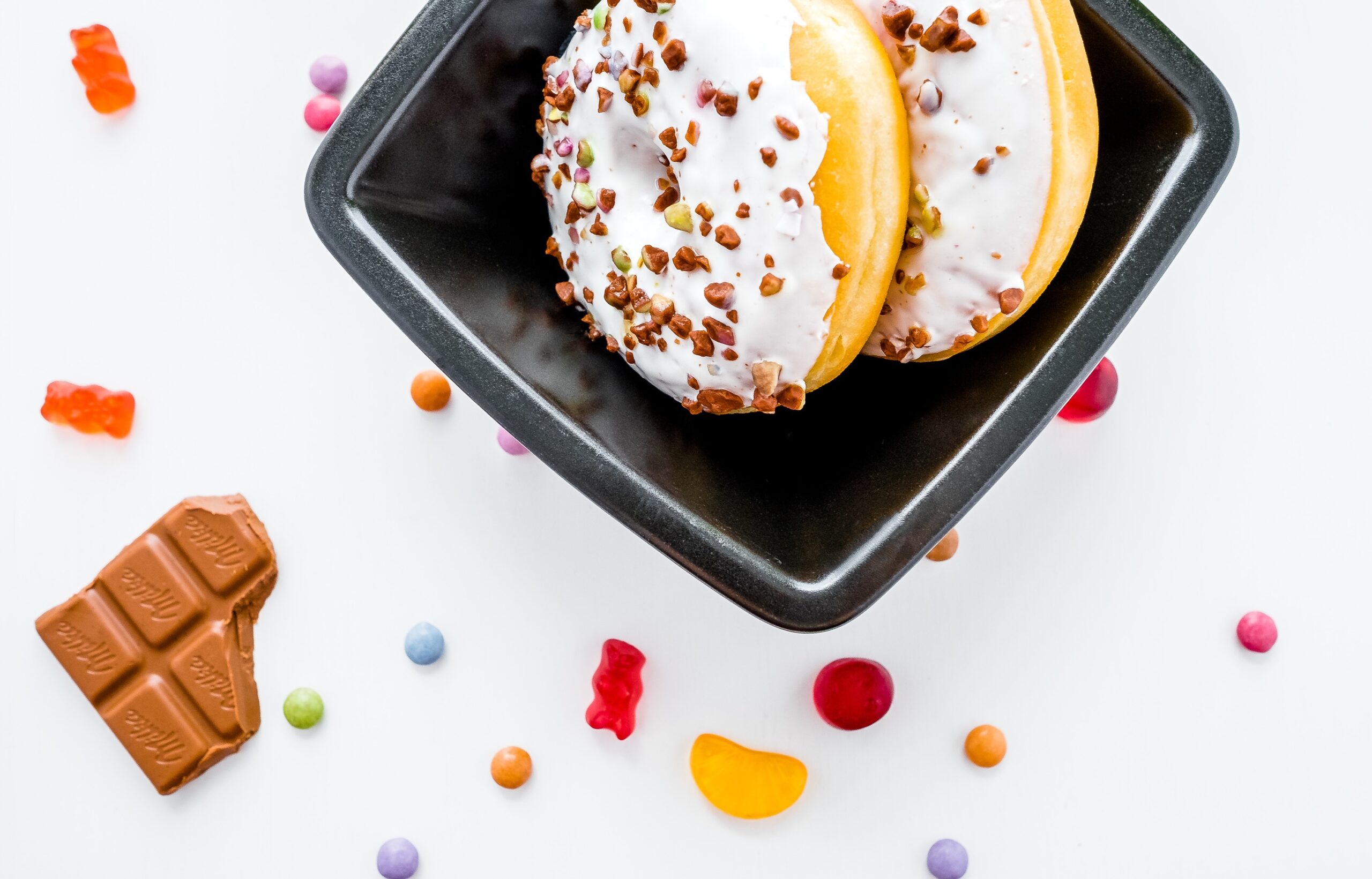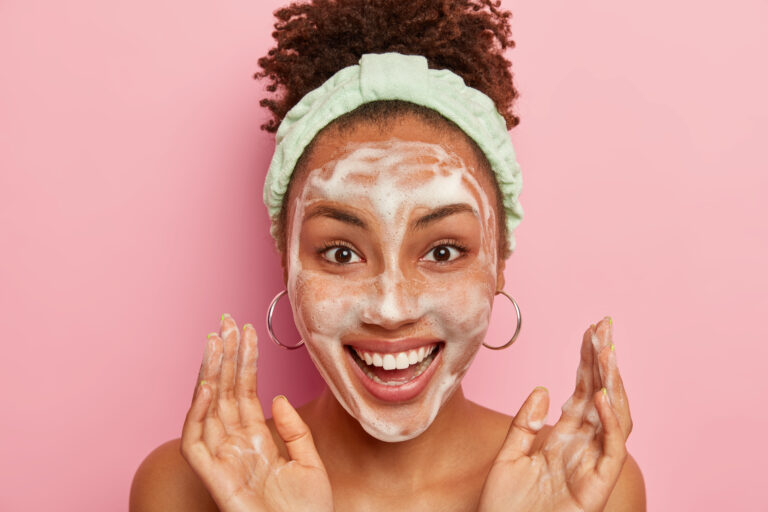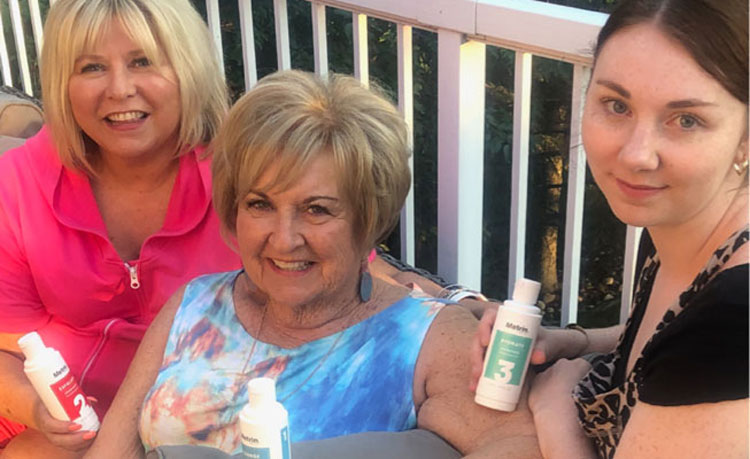Advanced Glycation End Products (AGEs)—It’s aging you quicker!
Glycation: how sugar affects your skin
…and aging
While it’s a somewhat complicated process, glycation’s pretty simple to explain. It’s a sugar molecule bonding with a protein molecule, impairing the latter’s function and structure. Glycation can happen inside or outside the body (called endogenous and exogenous, respectively) but you end up with similar effects either way. So, beyond a brief explanation of each, we won’t differentiate between them for the purposes of this article.
What’s important is that sugar, in high concentrations and whether natural or processed, permanently damages proteins in your body. A huge amount of that protein is collagen (the stuff that gives your skin its structure and holds your joints together). If you have a sweet tooth, sorry – this is probably not what you wanted to hear.
Sugar’s Role in the Aging Process
Until recently, researchers dramatically underestimated sugar’s role in the aging process1 . That’s quickly changing as new studies emerge detailing glycation’s effects around the body – particularly in the hypodermis.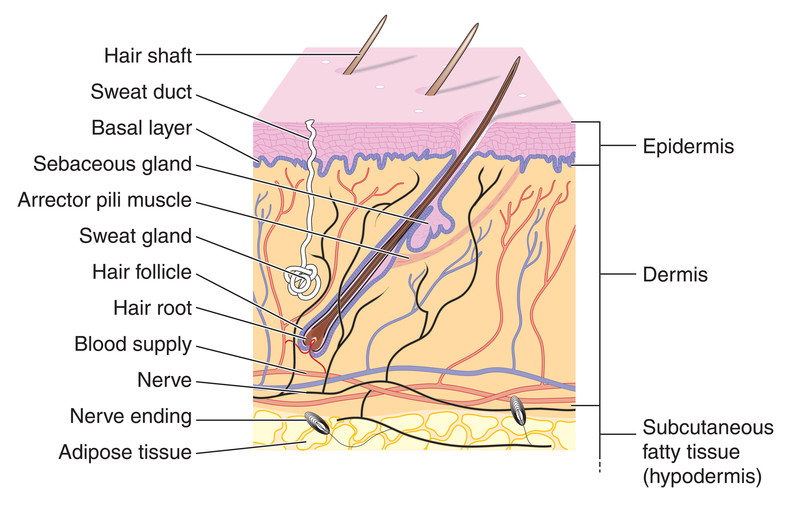
The hypodermis is the deepest layer of skin (and the collagen-producing one).
Collagen’s a fairly solid substance (think about a tough cut of meat – they’re often high in collagen). It needs to be thick to provide support for healthy, young-looking skin. Collagen production naturally decreases as we age and glycation compounds this effect. Structural damage to the collagen itself, makes signs of aging (such as wrinkles and sags) more likely to appear. Elastin – the stretchy protein that gives young skin its soft, even texture – can also be damaged by glycation.
Bonded sugar and protein molecules are called “advanced glycation end-products” (AGEs) and occur naturally during “aging”.
Aging is loosely defined as the accumulation of damage to an organism – damage that eventually causes disease or death.
You know, the stuff we want to avoid. And while we’ve known about glycation since 1912, we still don’t fully understand its role in aging. One thing is perfectly clear: glycation’s a key factor in the process, especially for skin2.
OK. So what exactly does glycation do?
Exogenous glycation happens during cooking with high heat. When foods’ sugars begin to caramelize (brown), the bonding process can begin to take place. It’s a complex reaction that can take many forms, but the end result is the same. AGEs get formed and damage starts piling up. They can also be called “protein adducts” or “protein crosslinks, depending on whether oxidation is involved during the reaction.
Eating foods with high sugar content or that have been processed with high heat (like deep-frying) means you’re intaking AGEs directly: damage done.
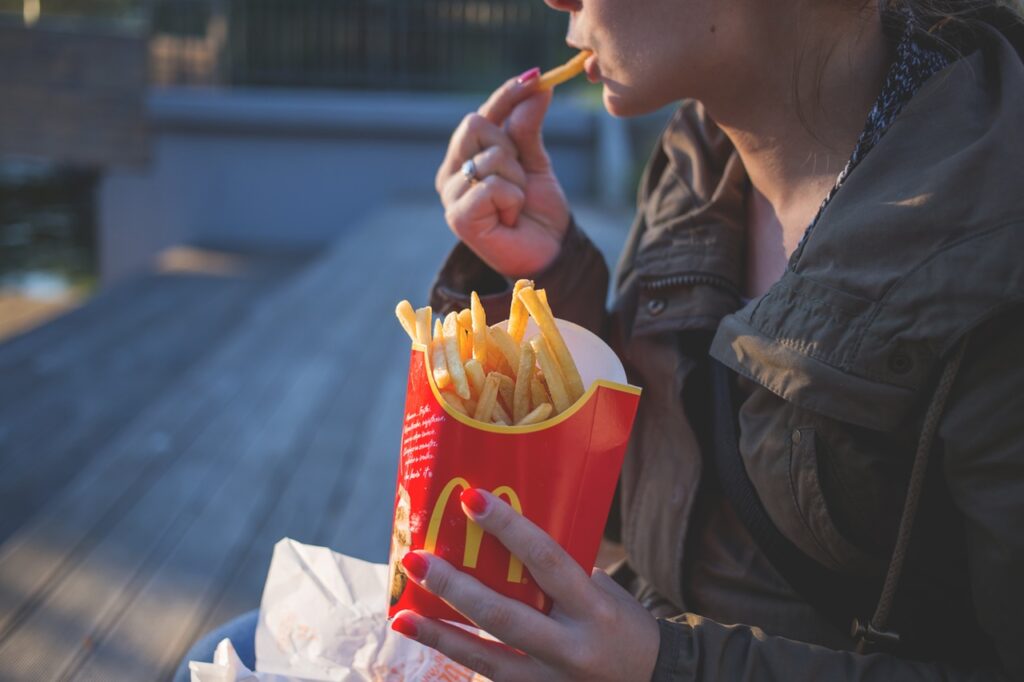
Endogenous glycation happens naturally – after all, humans need to eat some amount of sugar to survive – as digested sugars travel through the bloodstream to various parts of the body. This is particularly pronounced in diabetics, and when the body’s overall sugar content is too high (e.g., when we go on a candy or junk food binge). Excess sugars initiate the glycation reaction-chain at an increased rate.
Eating elevated amounts of sugar (even without AGEs), which is present nearly everywhere in the modern Western diet, increase your body’s own natural AGE production.
What do AGEs mean for your skin?
Since collagen and elastin provide structure and texture, AGEs have a pretty noticeable effect on your skin’s appearance and health. So far, 8 different AGEs have been detected in skin, according to the journal of Dermatoendrocrinology, and they’ve been shown to cause widespread damage. We’re still likely to discover more.
It’s simple really: the more AGEs in your body, the more/faster you age.
| Glycation also creates free radicals4 – the accumulation of which can set off dangerous chain reactions leading to serious conditions like cancer and heart disease. |
This is because glycation can warp and stiffen protein fibres like collagen and elastin. It can also discolour and weaken them, making your skin more vulnerable to external damage (like UV light or atmospheric pollutants). Skin with compromised or damaged elastin and collagen is far more prone to wrinkles, sags, and other signs of aging. Safe to say that AGEs compound pretty much every issue we already have to deal with.
Remember, your skin is the barrier between you and the world. When it’s not functioning properly, you’re more open to and affected by the elements.
Known effects of AGE formation include – and are probably not limited to:
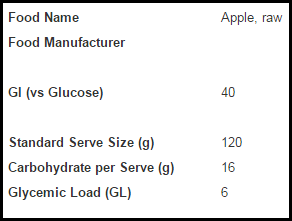 Alas, glycation is absolutely unavoidable if you’re one of those people who… eats food. But we can minimize its effects by controlling our blood sugar levels; limiting the amount of added sugar we consume. We know this because the links between sugar and protein actually emit measurable fluorescence3 (yep, It glows under a special lamp). And the effect’s stronger in older people, diabetics, and those who consume high amounts of sugar.
Alas, glycation is absolutely unavoidable if you’re one of those people who… eats food. But we can minimize its effects by controlling our blood sugar levels; limiting the amount of added sugar we consume. We know this because the links between sugar and protein actually emit measurable fluorescence3 (yep, It glows under a special lamp). And the effect’s stronger in older people, diabetics, and those who consume high amounts of sugar.
Greg Hillebrand, a US biochemist, said in an interview with Elle magazine “if you take a fluorescent image of children, their faces will come out very dark… but with each decade, the AGEs, and therefore the brightness, will accumulate more and more.”
Is glycation just a fad or buzzword?
No. No it is not. It’s just that we’re only beginning to understand its role in aging. And not just for your skin (where its effects are most visible) but for your entire body.
How can you limit AGE accumulation in your skin?
| The GI’s freely available to everyone – take advantage of it. |
Probably the most important thing you can do is limit how much high-sugar food you eat (whether natural or processed sugar doesn’t really matter. Most of us eat way more than our bodies need). And we can put a pretty fine point on it: diabetics and other sugar-conscious people use the Glycemic Index to control their blood sugar levels with impressive precision.
What is the Glycemic Index? Sounds complex, but nope: it’s a simple relative measure of how much carbohydrate-containing foods raise blood glucose (sugar) levels. High Glycemic Index (high GI) foods readily convert to sugar, so choose low-GI foods to minimize blood-sugar spikes and keep your body in balance. Easy as that.
Bad news:
Salty snacks, like potato chips, have a very high Glycemic Index. Things don’t have to be sweet to be sugary – added sugar is everywhere and even natural sugars (carbohydrates) convert to glucose when digested. Consider reducing the amount of carbohydrates in your diet.
Good news:
A skin-healthy diet is easy (and delicious) to create, and beneficial to the rest of your body too. Plus, you don’t have to be a gourmet chef or spend all day in the kitchen.
 Remember, high-heat cooking methods can cause exogenous glycation, putting pre-formed AGEs (and free radicals) directly into your body. Try to cook meats at lower temperatures (the new slow-n-low trend is tasty and smart), limit how much fried food and other sugar-packed snacks, and make sure your diet contains plenty of naturally-antioxidant foods to neutralize free radicals.
Remember, high-heat cooking methods can cause exogenous glycation, putting pre-formed AGEs (and free radicals) directly into your body. Try to cook meats at lower temperatures (the new slow-n-low trend is tasty and smart), limit how much fried food and other sugar-packed snacks, and make sure your diet contains plenty of naturally-antioxidant foods to neutralize free radicals.
It’s also a good idea to use adequate sun protection. As you know, UV rays directly cause damage to skin cells (ouch!) anyway… and they’ve also been shown to make the visible effects of skin glycation worse5.
Can skin care help reduce glycation?
Yep. The right skin care can help by delivering essential nutrients and vitamins directly to the deeper layers of your skin. The nutrients help fuel and speed collagen production and natural renewal. Your skin’s constantly refreshing itself – giving it the tools it needs to work efficiently means AGEs get replaced by healthy tissues more quickly.
Combined with a healthy skin diet, nutrient-dense anti-glycation skin care like METRIN can go a very long way toward reducing – even reversing – signs of aging and restoring your skin’s health through natural nourishment.
More questions?
We’d be happy to help. Contact us any time to get clear answers from a team of skin-health experts.

